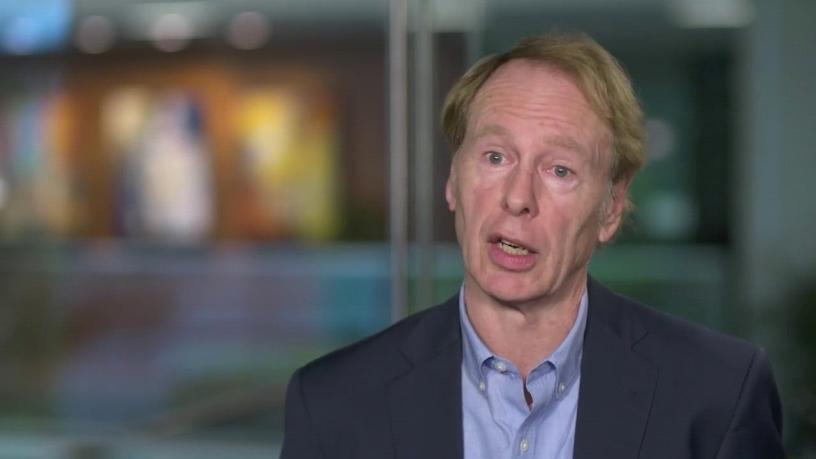
The robotic process automation (RPA) market is currently widely under-exploited. At present, according to Forrester Research, it is used largely to plug gaps in legacy business applications systems, but it could do a whole lot more.
In a report authored by Craig Le Clair, Forrester predicts that the RPA market could reach $2.9-billion by 2021, up from $250-million in 2016 - provided RPA gets smarter than it is at present.
Forrester points out that the RPA market currently focuses on two of what it calls "cubicle job" categories. These are office and administration on the one hand, and sales on the other. Automating these jobs would potentially boost the RPA market to $2.9-billion, but only if artificial intelligence (AI) is able to enhance RPA to the point where it is capable of doing more than automating rote jobs.
Le Clair attributes the current upsurge in interest in RPA to the fact that in many organisations, desktop systems which are used to manage everything from back-office administration to the contact centre, have not changed much in more than a decade.
Companies are now looking for "quick wins" to improve productivity, particularly by automating the integration between the various office apps. RPA provides what they are looking for, as by automating mundane, repetitive tasks, it frees workers to focus on higher-value work.
If RPA keeps doing what it has always done without any understanding of process patterns or context, Forrester predicts [it] will start to slow, stagnate and then start to reverse from around mid-2019.
However, Le Clair maintains that having a variety of robots effectively replacing humans in carrying out the same old processes will not drive the type of innovation and productivity gains that true digital transformation can deliver.
Revolutionising communications
In addition, demand for current RPA capabilities will be tempered as more companies move to the cloud. Cloud allows for better data integration; digitising more of their business processes and moving away from inefficient, legacy, on-premises systems; and using more natural language programming (NLP) to boost self-service and enable on-demand, real-time communication that will revolutionise customer communication management and marketing automation - two of the main drivers of RPA adoption.
If RPA keeps doing what it has always done without any understanding of process patterns or context, Forrester predicts that the RPA market's growth will start to slow, stagnate and then start to reverse from around mid-2019.
Understanding process goals
However, if RPA systems incorporate AI and are able to "understand" process goals and can handle go beyond rote decision making to effective handling of exceptions, market growth would not only continue on its current trajectory, but accelerate.
In other words, RPA itself will have to transform, firstly by supporting more digital work and taking on a higher percentage of the mundane tasks currently performed by humans.
"RPA bots that support the old process (will) become the early digital workers," he says.
Then, as AI-enhanced RPA builds up its knowledge bases, it will be able to start making the decisions needed to deal with non-routine office and sales-related tasks.
Thereafter AI solutions will start to take on more and more human work, and the RPA workforce - the early digital workers - will find themselves working alongside smarter robots and potentially become obsolete.
Through the gradual integration of AI cognition into RPA solutions - particularly those aimed at office and administrative tasks - RPA will eventually be able to make decisions required for non-routine tasks and this will drive the RPA market to new heights.
Share